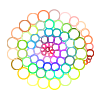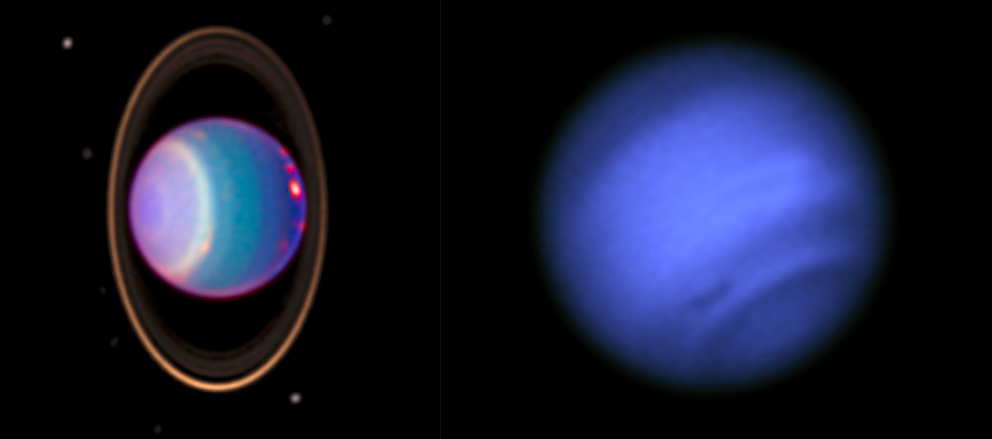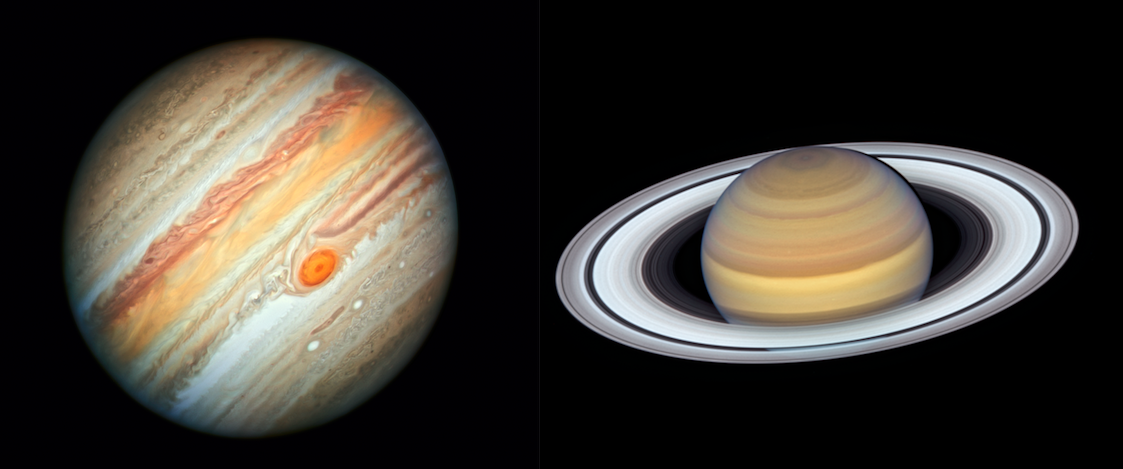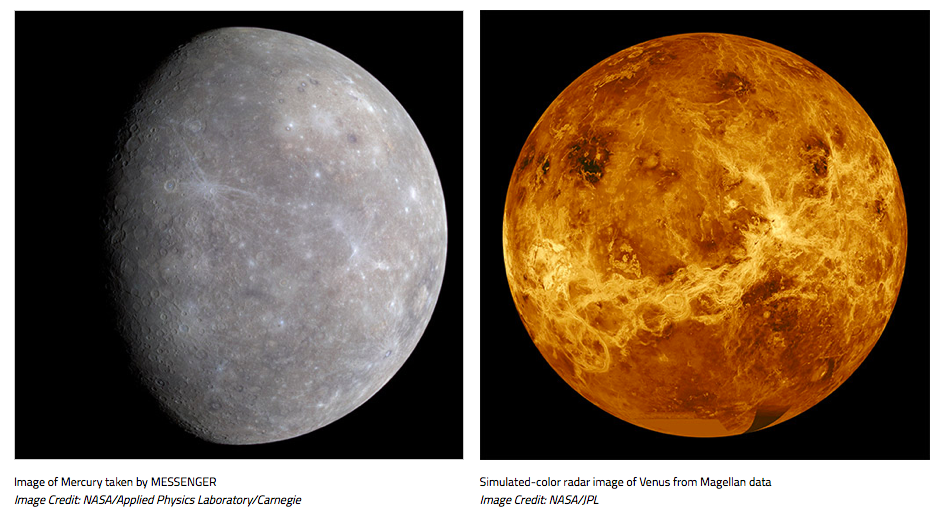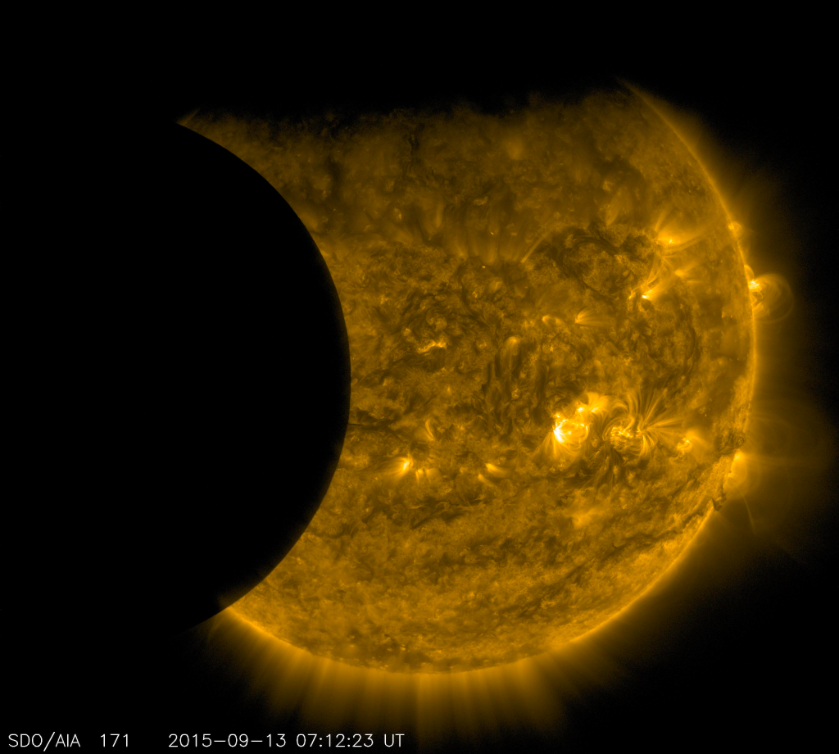This is the final article in a series exploring correlations between the physical properties of celestial bodies and their astrological significations. This post focuses on the ice giants, Uranus and Neptune.
Jupiter and Saturn – Storms and Short Days
This is a continuation in a series exploring correlations between the physical properties of celestial bodies and their astrological significations. This post focuses on the two gas giants, Jupiter and Saturn. In astrology, Jupiter and Saturn are a polarity. They are opposites. Jupiter expands, Saturn contracts. Jupiter is hot, Saturn is cold. Some would even […]
Mercury and Venus – Orbit and Rotation
This is a continuation in a series exploring correlations between the physical properties of celestial bodies and their astrological significations. This post focuses on the two planets between the Earth and the Sun – Mercury and Venus.
Sun and Moon – Influence and Rotation
This is the first in a series exploring correlations between the physical properties of celestial bodies and their astrological significations. This post focuses on the Sun and the Moon, which have a high correlation with the symbolism, probably because the lights are so central to life here on earth.
